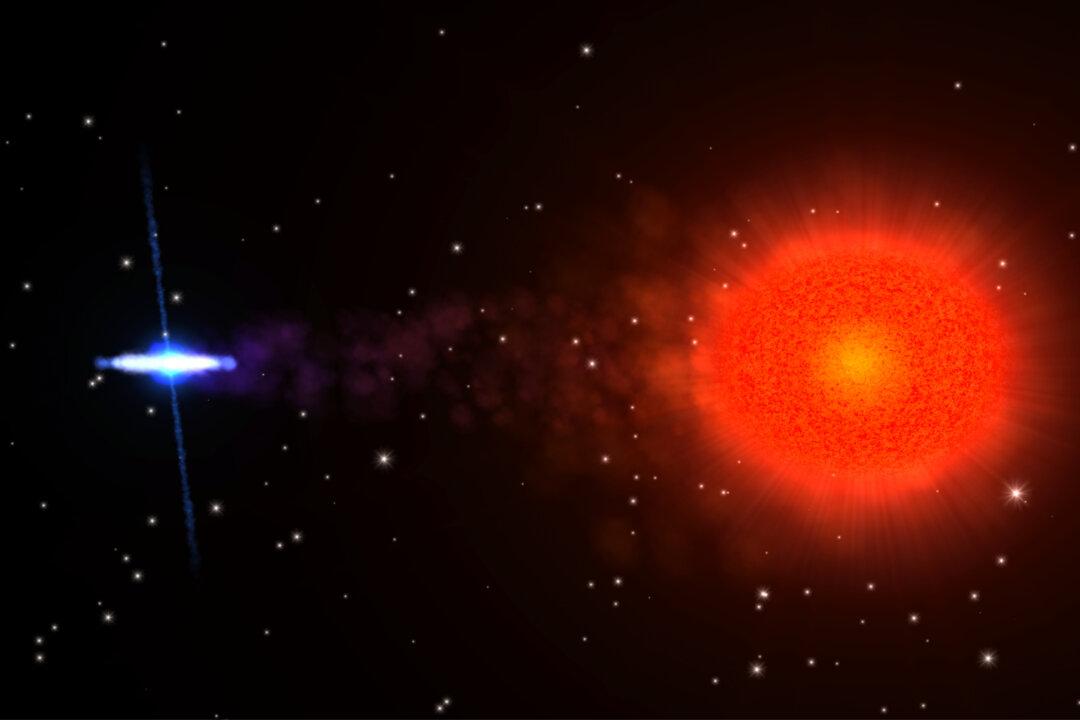Neutron stars are arguably the most exotic objects in the universe. Like one of those annoying friends who seemingly must overachieve in every aspect of life, neutron stars exceed in almost every category: surface gravity, magnetic field strength, density, and temperature.
“But wait,” I hear you say, “black holes are much denser!” In one sense that’s true, but we can’t actually determine the interior structure of a black hole, as it’s forever hidden behind the event horizon.
Neutron stars, with a solid crust (and even oceans and an atmosphere!) are the densest solid object we can observe, reaching a few times the density of an atomic nucleus at their core. A sample of neutron star material the size of a grain of sand would weigh roughly the same as the largest ship ever to sail the seas—more than 500,000 tonnes (about 551,000 tons).
Neutron stars also offer a wealth of extreme behavior which makes them a compelling target for astrophysicists. For the public, however, they seem to suffer from an image problem, lacking the visual appeal of objects that we can image directly, or the otherworldly weirdness of black holes.
Origin of a Neutron Star
Neutron stars are thought to be formed from the supernova explosion that ends the life of a medium-sized star, roughly 8 to 20 times the mass of our sun. Once its nuclear fuel is consumed, the star explodes, losing most of its material into space.
What’s left collapses into a tiny object (by astronomical standards) around 22 km (about 14 miles) across, the size of a large city, but still about one-and-a-half times the mass of our sun.
While the crust is composed mainly of crystalline iron, such atoms cannot survive deeper in the star, and the material transitions via a bizarre “nuclear pasta” phase (region A in the image, below) into the neutron fluid of the core (regions B and C).
The conditions in the core cannot be reproduced in any terrestrial experiments, and the uncertainty about this region —perhaps comprising exotic hyperons or even “strange quark matter”—is a prime motivator for studying these objects.

